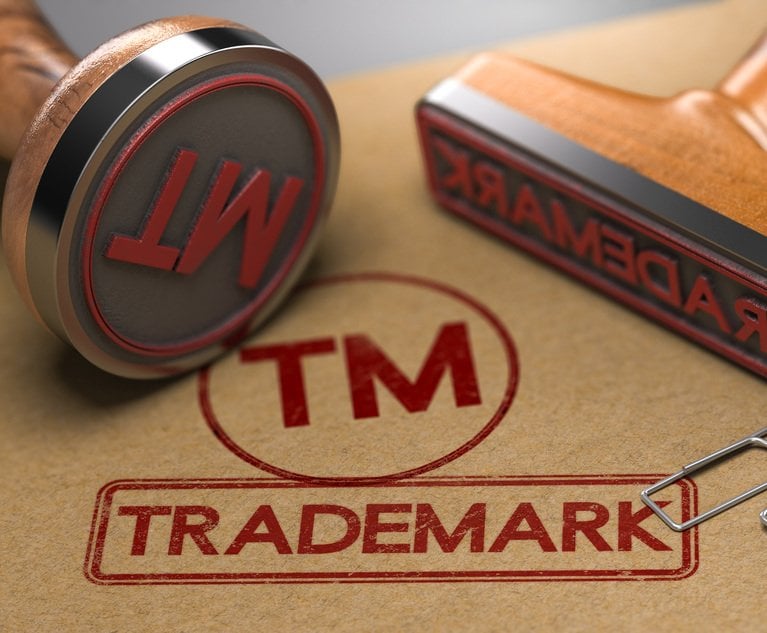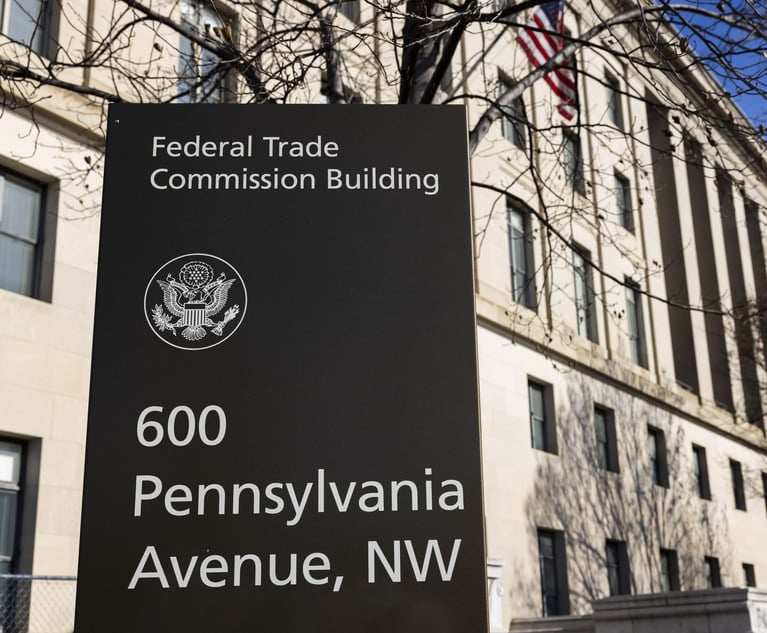On Dec. 27, 2020, the Trademark Modernization Act of 2020 (TMA) became law. A key component of that legislation was the codification in Section 34(a) of the Lanham Act of the common-law principle that a trademark owner seeking injunctive relief in actions for trademark infringement and unfair competition under Sections 32 and 43 of the Lanham Act is entitled to a rebuttable presumption of irreparable harm. The presumption arises upon the movant demonstrating liability at the proof stage, or a showing of a likelihood of liability in the context of motions for expedited relief seeking a temporary restraining order or a preliminary injunction.
By enacting legislation confirming the existence of the presumption of irreparable harm in cases of trademark infringement and unfair competition, many commentators predicted that litigants would be dissuaded from the forum shopping in which many engaged after the existence of the presumption was called into question following the U.S. Supreme Court decisions in eBay, Inc. v. MercExchange, 547 U.S. 388 (2006), and Winter v. Natural Resources Defense Council, Inc., 555 U.S. 7 (2008). Unfortunately, even with the TMA’s confirmation of the presumption’s existence, the probability that litigants will continue forum shopping remains high because of Congress’s failure to provide additional guidance relating to application of the presumption. This article explores developments (both positive and negative) in the post-TMA world in which courts have wrestled with implementation of the presumption of irreparable harm in trademark cases.

 Credit: Olivier Le Moal/Adobe Stock
Credit: Olivier Le Moal/Adobe Stock







